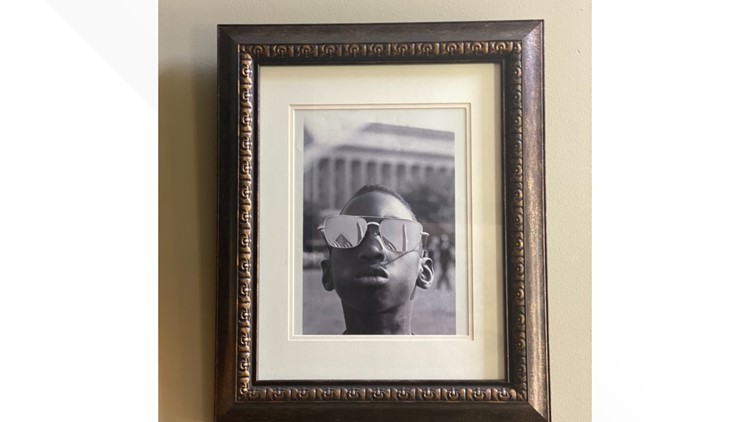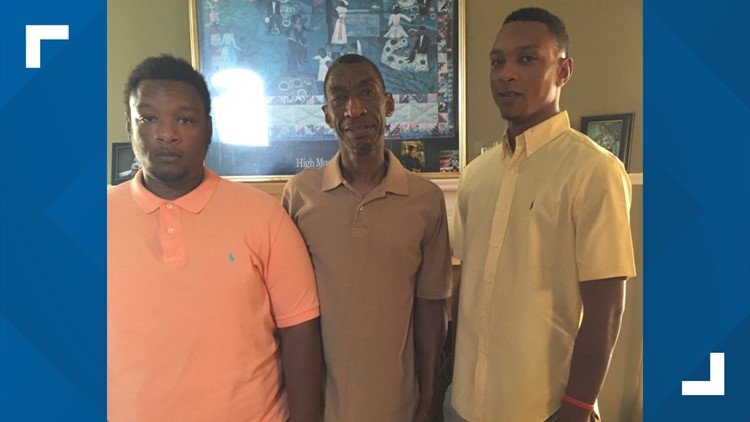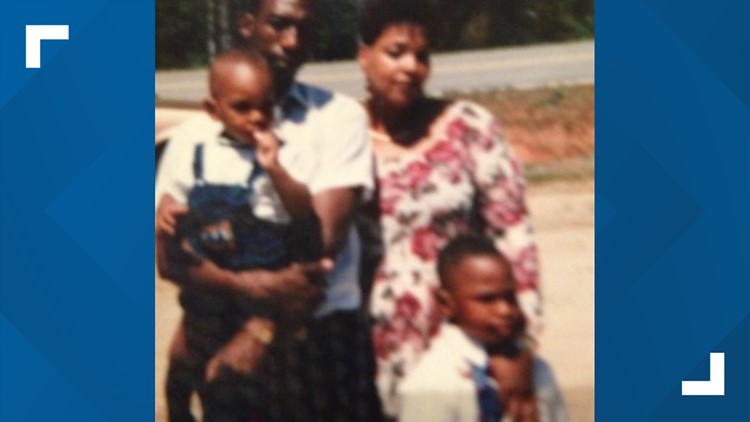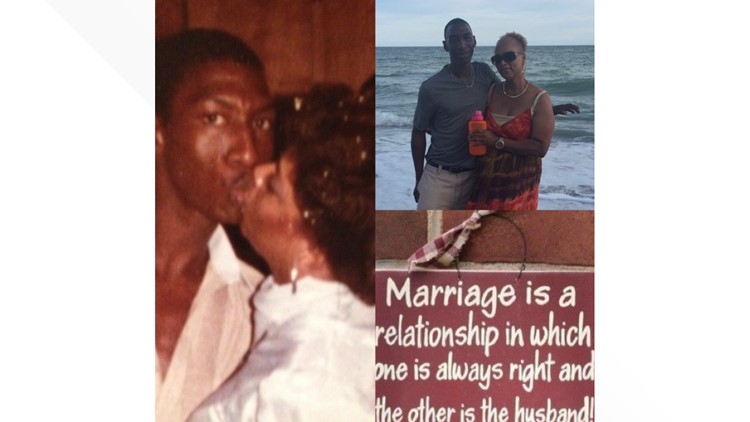GAINESVILLE, Ga. — It was a monumental moment that is now ingrained in history — the March on Washington. On Aug. 28, 1963, thousands gathered at the Lincoln Memorial to listen to the likes of iconic Civil Rights leaders and representatives like Martin Luther King Jr. and John Lewis.
That sunny Wednesday, King delivered his renowned "I Have a Dream" speech, in which he painted his ideal image for the United States, and called for civil and economic rights as well as an end to racism in front of the nation.
In the sea of people there was a 9-year-old Austin Clinton Brown.
Brown was just a kid when his mother and father decided to take him along for an August road trip to New York City from their hometown of Gainesville, Georgia to see friends, he told 11Alive's La'Tasha Givens. His family knew the event was set to take place, so they stopped in the midst of their journey to the Big Apple.
The family was walking down the street at the National Mall when a photographer stopped them, asking if he could take a photo before handing young Brown a pair of aviator sunglasses.
"I put the sunglasses on and the guy, he took a picture," Brown said.
Little did Brown know, that image of himself — a young Black boy with his head held high, with the Washington Monument and the American flag reflecting in the shades — would become one of the most iconic images of the century. The photo served as a metaphor for what the March on Washington would mean to generations to come — hope for a brighter future toward equality in the United States.


Now at age 67, Brown calls the experience amazing, saying the sight of the immense crowd left him in awe. At the time, however, he said 9-year-old him didn't fully understand the weight and historical relevance of the moment.
"It took me a couple of years to realize what was really going on with that," he explained. "Once I figured that out, it kind of hit me."
But he did feel a special connection with King from that moment on. On the way home from their trip, Brown wondered if things would change.
"During that time, we couldn’t use the same bathrooms that white people could use," he said.
Brown said his father was part of the movement. He was an insurance salesman who was also involved with the National Association for the Advancement of Colored People (NAACP) back in Georgia.
His mother was the first Black nurse at Gainesville's health department, making Georgia history of her own. He said his mother's childhood home in Birmingham, Alabama was about a block from 16th Street Baptist Church. A month after King's speech it was bombed, killing four little Black girls.
"My grandmother stayed right up the street from where them little girls and the church got bombed in Birmingham," he continued.
He said when he finally returned to Gainesville, the March on Washington was the talk of the town, and Brown's photo was already circulating in the papers.
"My mom started getting pictures from all over the world," he said. "My picture was in Russia."
That's when he said he felt the event's magnitude.
"I'm honored to be in that space," Brown said.
Nearly six decades later, Brown said he still sees his image in his every day life, on murals in Atlanta, at the Civil Rights museum there, during ball games, and more.
"I didn't know the scope. It's kind of touching," he said.
Over the years, Brown has collected newspaper clippings, images, and other memorabilia from all over the world related to the March on Washington and the photo of him taken there. He keeps a scrapbook of the mementos, neatly preserving his contribution to American history.
Brown is still "shocked" his likeness has made such an impact over the decades. He said he could never imagine that split instant captured in time could make it this far.
"I mean, a young guy just going, you couldn't imagine that. It's hard for me to imagine and I'm 67 years old," Brown said.





























































